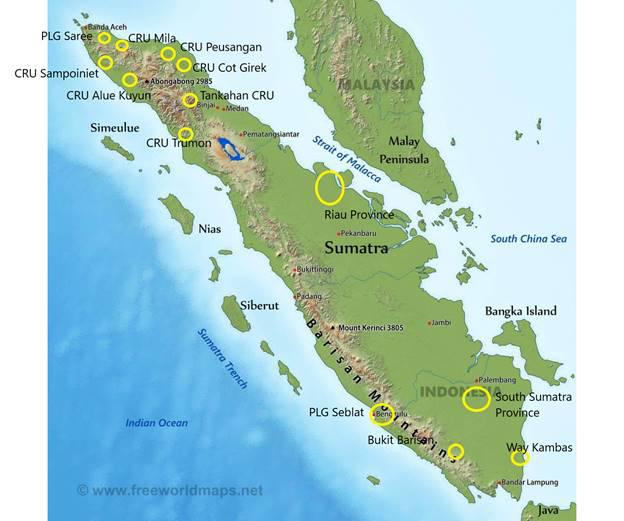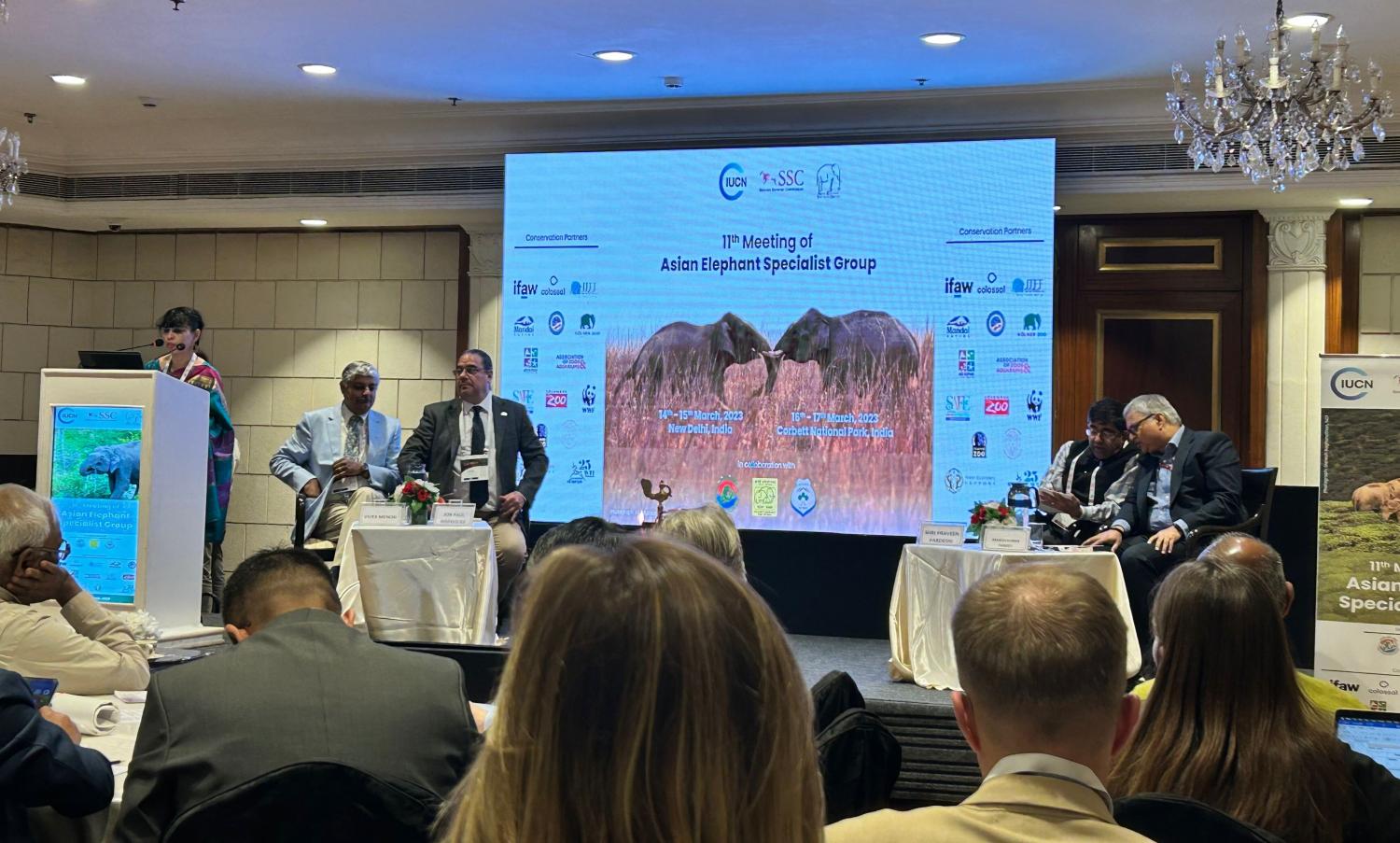Asian elephants hold a special place in my heart, being one of the most revered and beloved creatures on our planet. It's crucial to distinguish them from their African counterparts, as they differ significantly in terms of conservation threats and actions. What sets Asian elephants apart is their existence in the most densely human-populated region of the world, spanning only 13 countries, which accounts for just 15% of their historical range. This unique situation poses one of the most challenging conservation dilemmas for any species, given that over 20% of the global human population resides in the current range of these majestic mega herbivores.
Understanding the complex dynamics of coexisting with these giant animals is key to ensuring their survival. Unlike African elephants, it's not uncommon to spot Asian elephants not just near cities, but within them. These culturally and historically-revered beings have been an integral part of lush forests, wetlands, and human lives for thousands of years, with 30% of the remaining population living in close proximity to humans.
My Travels
In my role with the Association of Zoos and Aquarium’s (AZA) SAFE (Saving Animals From Extinction) Asian Elephant Program, I've been fortunate to visit three of the 13 countries where Asian elephants roam. These travels were driven by the need to connect with the world's leading experts in Asian elephant conservation, namely the IUCN's Asia Elephant Specialist Group (AsESG). While I've only encountered a few elephants in their natural habitats, my experiences have been rich with interactions with elephants working alongside their human counterparts or in managed settings.
My first journey in 2019 took me to Borneo, where I attended my first AsESG meeting and then explored Sumatra, Indonesia...home to one of the rarest large animals—the Sumatran elephant. Supported by the Columbus Zoo and Aquarium and the AZA, this opportunity allowed the SAFE Asian elephant program to deepen its understanding of conservation needs across the entire range of Asian elephants. The trip included visits to conservation units, meetings with experts, and discussions with government officials, highlighting the multi-faceted efforts to assist through the SAFE program.
While the joy of seeing elephants is a constant highlight, the Sumatra trip was marked by crucial meetings to kickstart the SAFE Asian Elephant Program's three-year action plan. The trip would include spending time at:
- Tangkahan Conservation Response Unit (CRU)
- Banda Aceh at the Syiah Kuala University
- CRU Sampoiniet in Aceh (Northern Sumatra)
- Jakarta meeting with government officials
- Taman Safari Park to meet with a representatives of the Indonesian Zoo Association

The highlights of the trip was visiting CRU elephant camps in Tangkahan and CRU Sampoiniet to understand and learn more about conservation of the Sumatran elephant and how elephants in human care are utilized to assist with human-elephant conflict.
The Conservation Response Units have been in existence for many years throughout Indonesia. These units are created in areas where human elephant conflict can occur more frequently with the role of the teams to patrol the areas and respond, when necessary, utilizing the managed elephants to drive wild elephants away from the conflict area. These teams consist of forest rangers, mahouts, and elephants from the Indonesian government.
This particular camp is also a tourist destination for local communities and international visitors to come and interact with the elephants during morning and afternoon bathing routines. This experience demonstrated the positive impact the CRU teams have had with the local populations creating a community that cares about wildlife (especially the elephants), while understanding the issues facing elephants, and providing an avenue for income with the people working within the camp and surrounding communities. It is obvious when visiting areas like this how important the local communities are to saving Asian elephants. Time was spent patrolling and spending time with the team, understanding the daily care and activities at the camp.
Indonesia’s government oversight of all captive elephants is the strategic reason why the SAFE program decided to start in Indonesia to encourage the development of a standardized registry that then be replicated in the region. There are a lot of moving pieces at the government level related to all wildlife in Indonesia and face-to-face meetings, which were part of the trip, were imperative to continue the SAFE Asian Elephant program. These meetings demonstrated the commitment and importance of Indonesia championing this work because of their commitment, advanced usage of microchipping, and clarified the role of the Asian Elephant SAFE program. During the meeting it was emphasized that this work is an opportunity for Indonesia to lead the region in standardizing a captive registry.
As I continued to lead the SAFE Asian Elephant Program, in 2022 I was able to attend the most recent AsESG meeting in New Delhi India, where we began to discuss the Columbus Zoo’s role in building the first Center for Species Survival dedicated to an individual species.
In addition to being the first of its kind, it’s also unique in that a location for the center will be in a range country supporting the needs and providing ownership and empowerment to the communities that are doing the work. This trip was a shorter trip where we spent most of our time in meetings and a little site-seeing, including a couple locations where we could witness elephant conservation in action, such as a beehive fence line that can act as deterrents for crop raiding elephants and human-elephant conflict.

Center for Species Survival: Asian Elephants
This center, a groundbreaking initiative, will be located in India, providing ownership and empowerment to local communities.
Addressing the common questions of "why," "what," and "how," the Center for Species Survival stems from the Jakarta Declaration for Asian Elephant Conservation in 2017. The Kathmandu Declaration in 2022 reaffirmed conservation priorities, necessitating a dedicated facility and staff to address the monumental challenges of coordinating actions across 13 countries. This list of priorities included such things as human-elephant conflict challenges, captive elephant challenges, international collaboration, and more. The result of the first meeting in 2017 was a unique outcome called the “Jakarta Declaration for Asian Elephant Conservation” and then the Kathmandu Declaration for Elephant Conservation in 2022. These government supported priorities are so important because it represents all 13 countries in laying out the important issues facing their countries with the idea to use this document to drive conservation needs in the region.
Regular meetings with key figures, including myself, Vivek Menon (AsESG Chair), Dr. Michael Kreger (Vice President of Conservation for the Columbus Zoo), Heidi Riddle (AsESG Vice Chair), Kira Mileham (Director, ICUN SSC Strategic Partnerships), and Prajna Panda (Program Manager, IUCN SSC AsESG), paved the way for the Center's development. Based just outside Kaziranga National Park in India, the facility will coordinate conservation action plans, engage international collaboration, and address the pressing issue of human-elephant conflict. And, being within driving range of three other range countries, it was deemed the best location.
This center will consist of a small facility to coordinate elephant conservation action plans related to the priorities determined by the countries, a small staff to help facility and communicate to partners and the world, as well as an international collaboration to support actions of the priorities laid out by the governments.
The Columbus Zoo's commitment to funding this facility for the first five years aligns with the urgency of addressing challenges faced by Asian elephants. This center promises a positive impact on all fronts, providing opportunities for groups from all range countries to contribute to the well-being of these magnificent creatures.
How You Can Help
Beyond geographical boundaries, this initiative embodies the Zoo's unwavering dedication to global conservation. As we take strides towards a sustainable future, the Columbus Zoo invites you to be a part of this impactful journey—where every contribution echoes in the harmonious symphony of Asian elephant preservation and the zoo's enduring commitment to wildlife welfare.
“The Columbus Zoo and Aquarium has a long history of supporting Asian elephant conservation,” says Tom Schmid, President and CEO of the Columbus Zoo and Aquarium. “However, understanding the urgent needs of this iconic and imperiled species, we felt it was vital to significantly increase our conservation commitment and develop an innovative approach to saving this species from extinction. That is why we have committed our support to establish this program.”
Join our efforts by donating to the Columbus Zoo Conservation Fund! We need conservationists like YOU to continue fighting against extinction, celebrating biodiversity, and securing a better future through your gifts. Animals may have an instinct for survival, but they can’t do it without our help.









